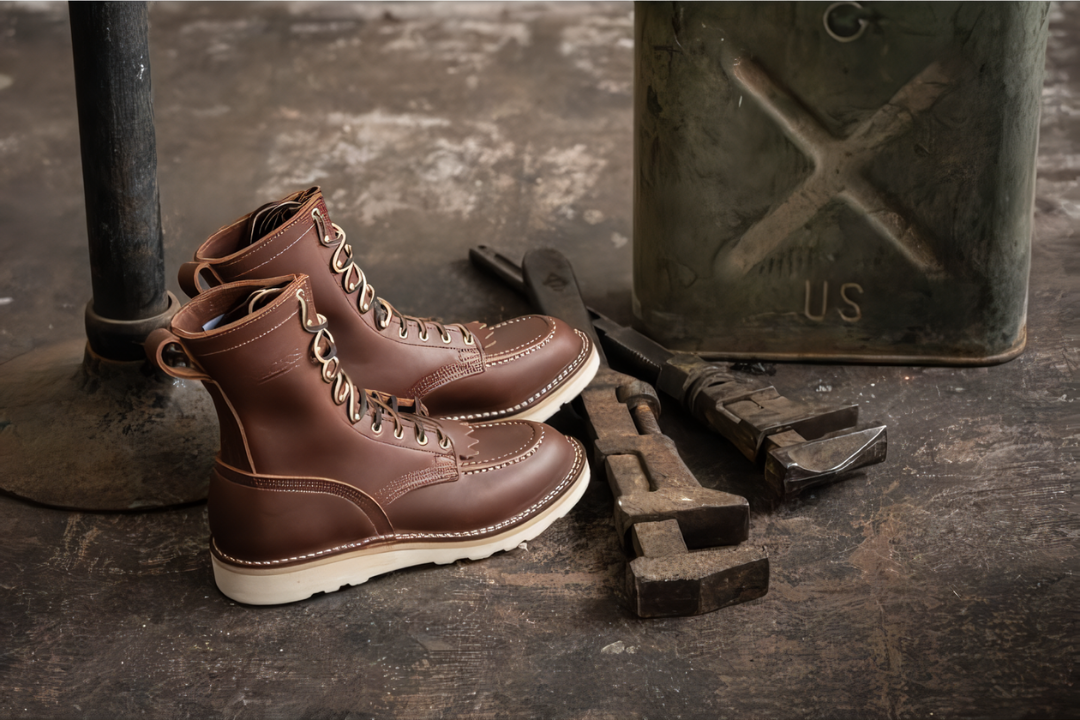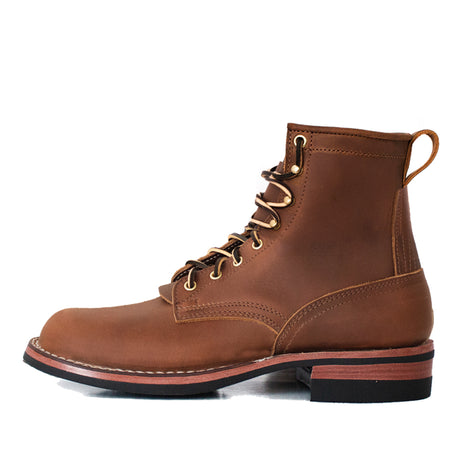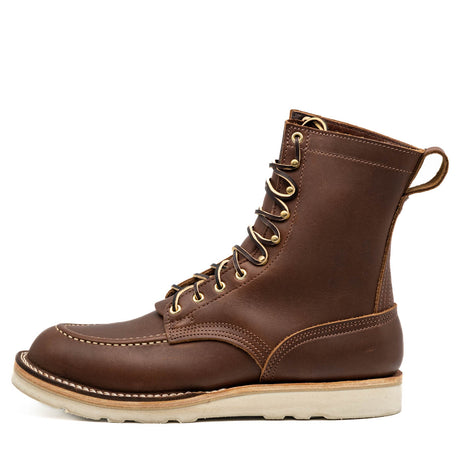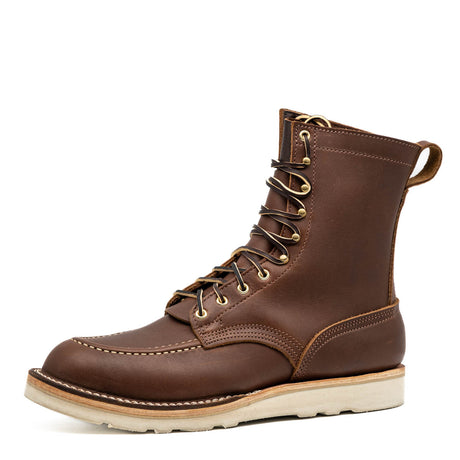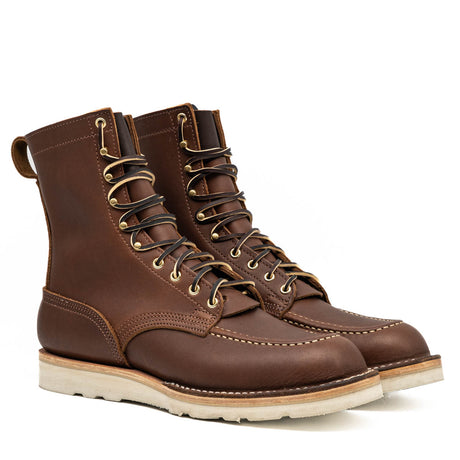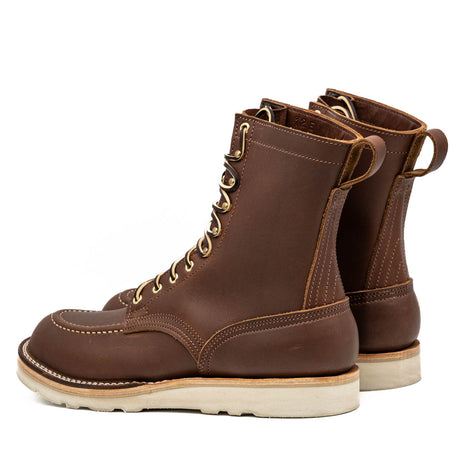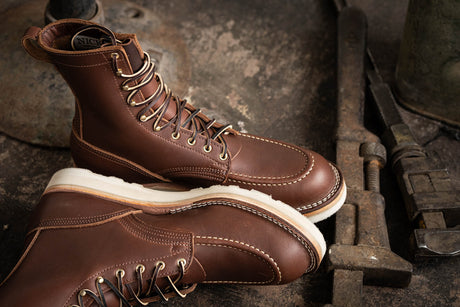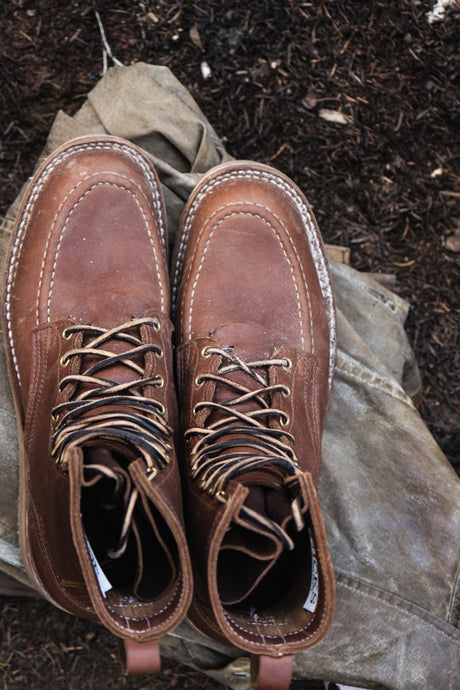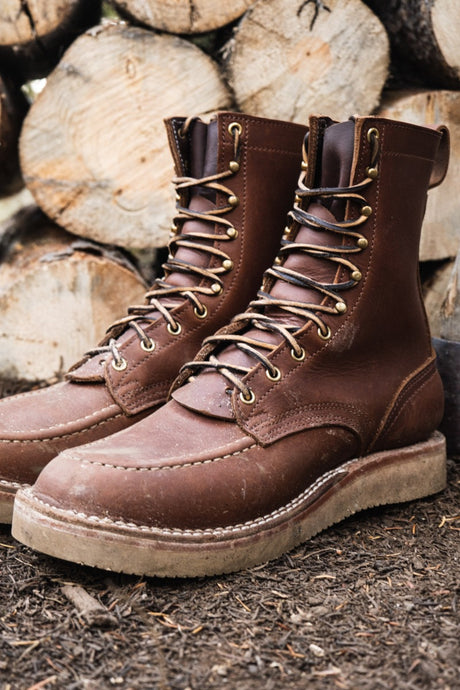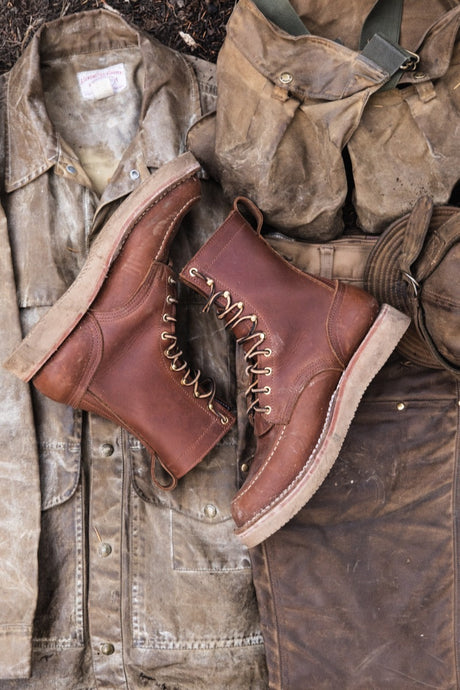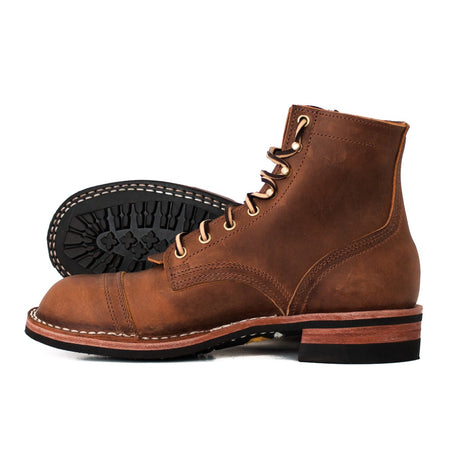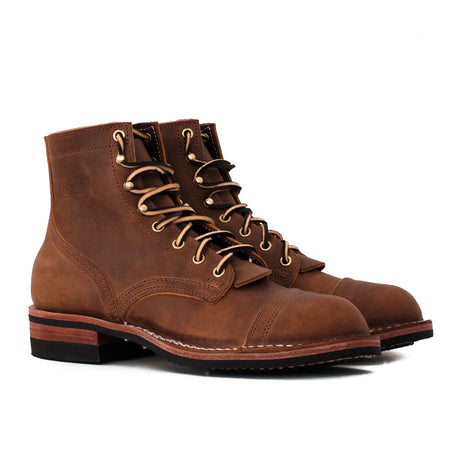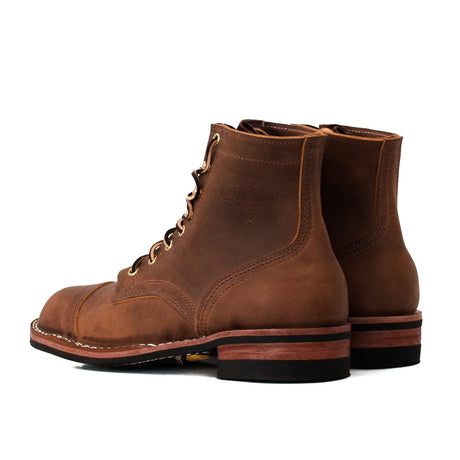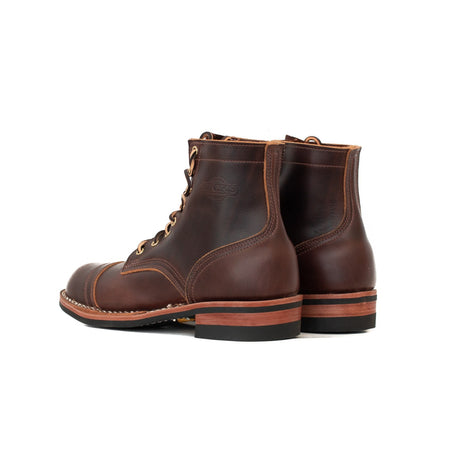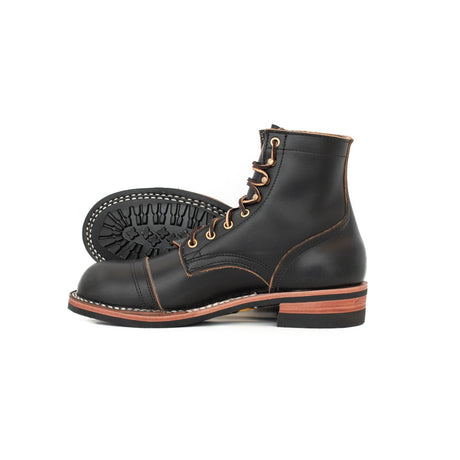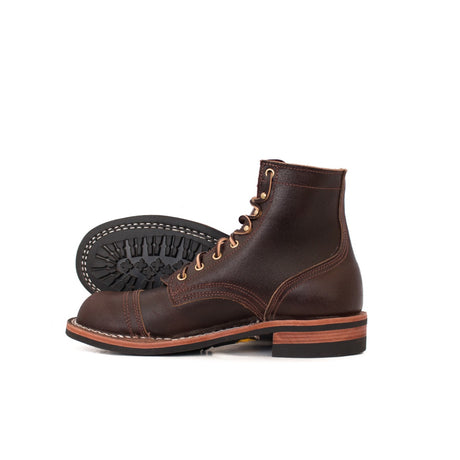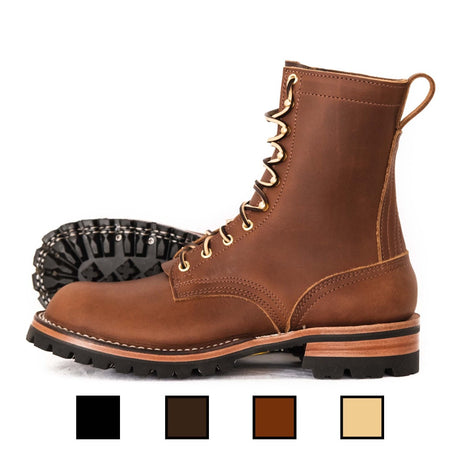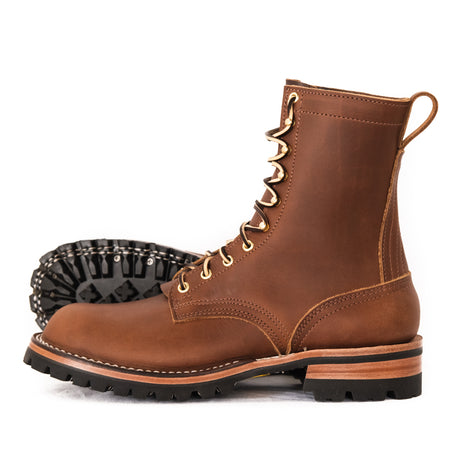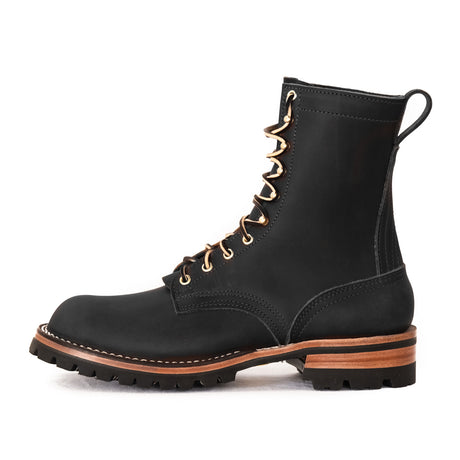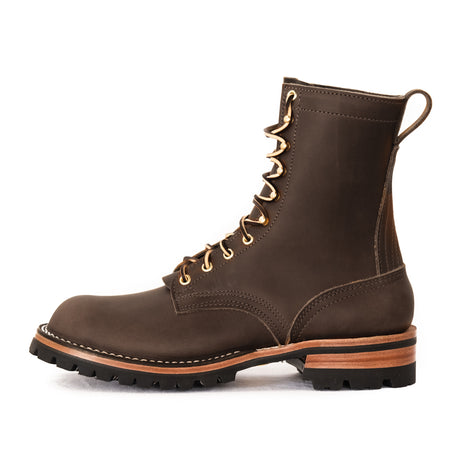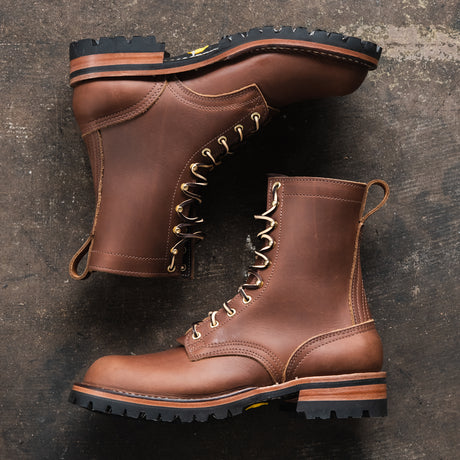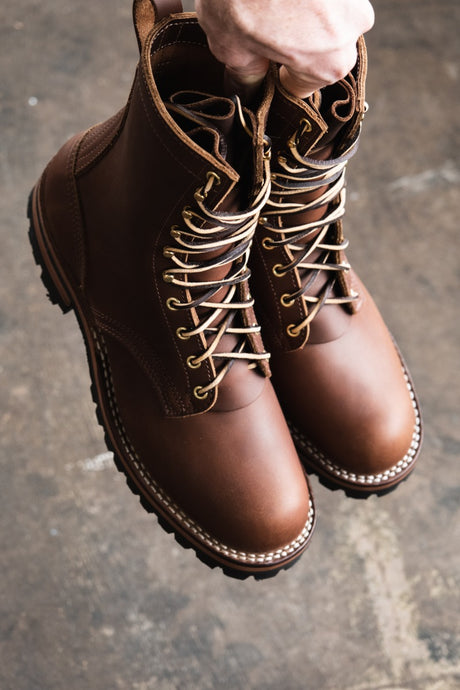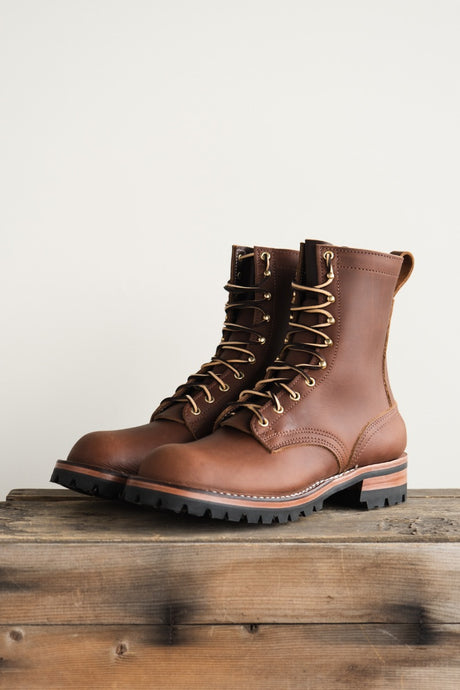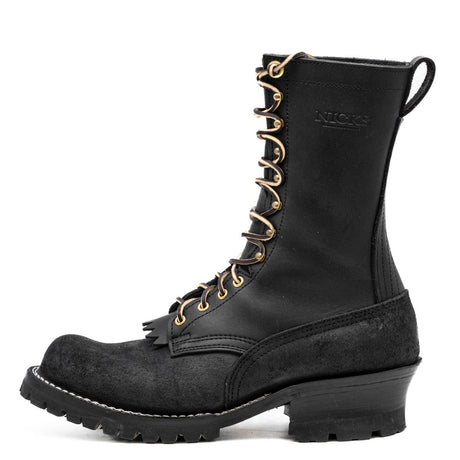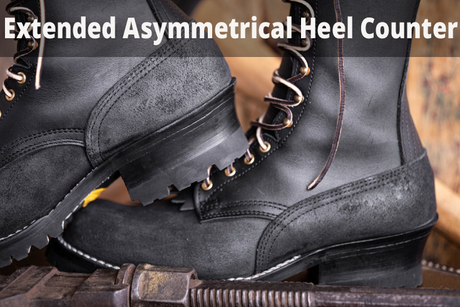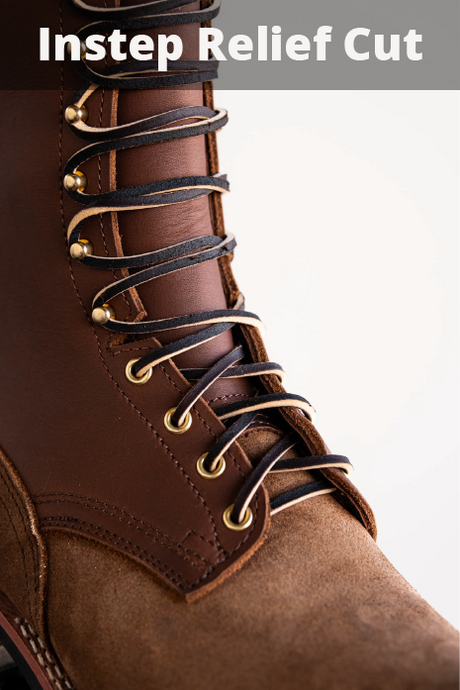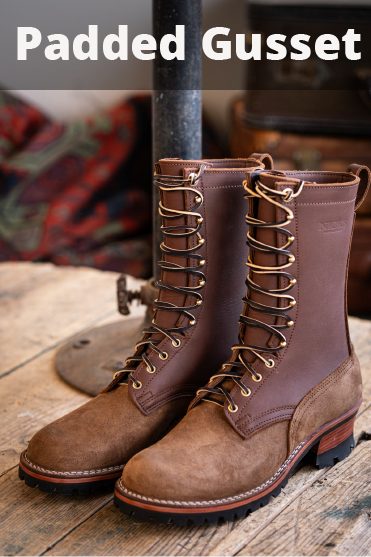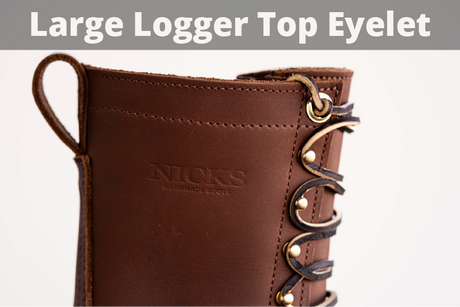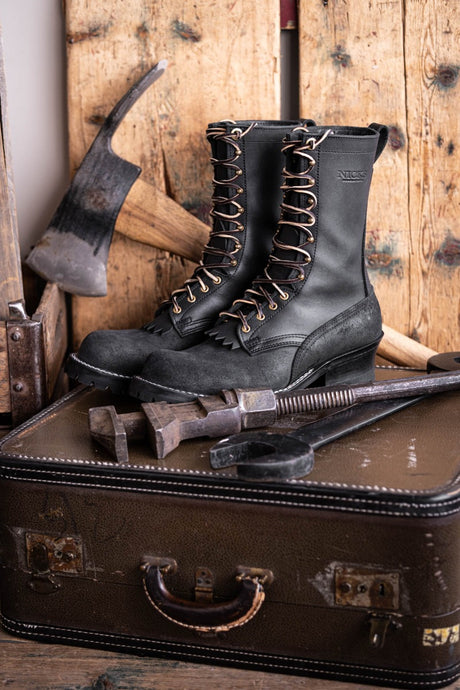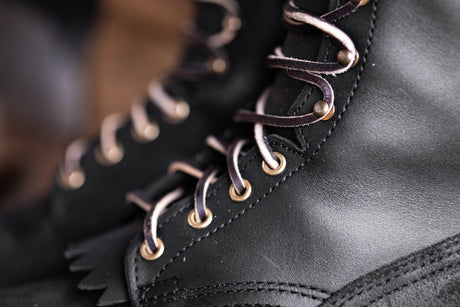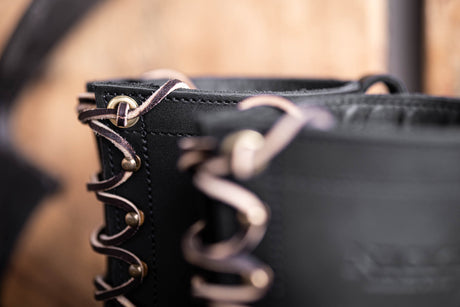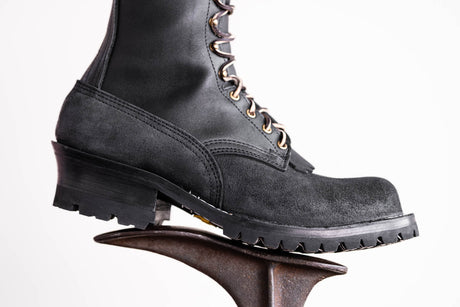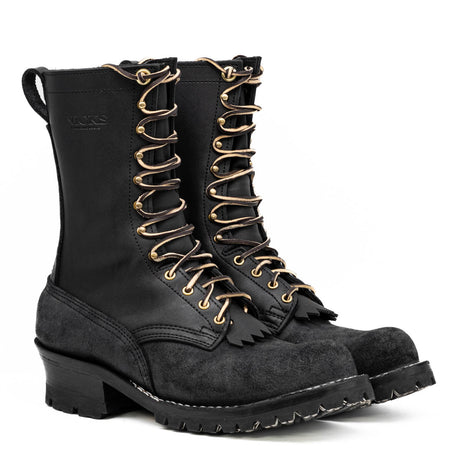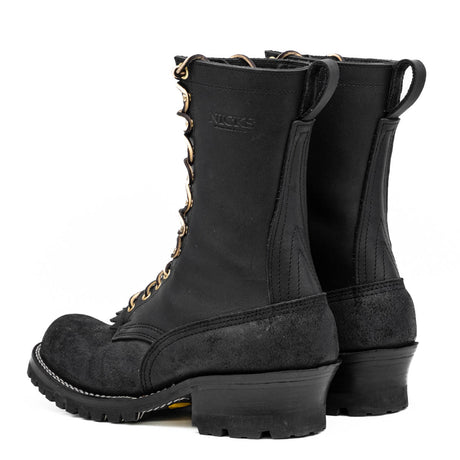Key Takeaways:
- Water Impact: Repeated exposure to water can permanently alter leather's texture and strength, leading to stiffness and cracking. Understanding these effects is crucial for extending the life of leather products and maintaining their functionality.
- Vulnerability: Suede and nubuck leathers are especially prone to water damage due to their absorbent surfaces. These types of leather require vigilant care and preventive measures to maintain their appearance and structural integrity.
- Protection Tips: Regular application of waterproofing agents, proper drying techniques, and routine cleaning and conditioning are vital for maintaining the water resistance and overall health of leather boots.
We're not just experts in leather craftsmanship at Nicks Boots; we're pioneers in creating products designed to last. With years of experience, we have perfected the art of making leather boots that are both stylish and durable. As your trusted authority in high-quality leather footwear, we grasp the unique characteristics of leather and how various conditions can influence its longevity and appearance.
While leather is a naturally durable material, its interaction with water can lead to some challenges. In this post, we'll explore the effects of water on leather boots, including what happens when they get wet and how to properly care for them afterward. Whether you're caught in a rainstorm or just curious about daily care, we've got the insights and tips you need to protect your leather boots from water damage.
In this piece, we'll explore the relationship between leather and water. Many of you might question whether water is beneficial or detrimental to your favorite leather boots. We'll examine the science behind how water impacts leather, including both the immediate and long-term effects of water exposure, and identify which types of leather are most susceptible. Most importantly, we'll provide practical tips to protect your leather boots from water damage, ensuring they remain stylish and functional, whether for work or leisure.
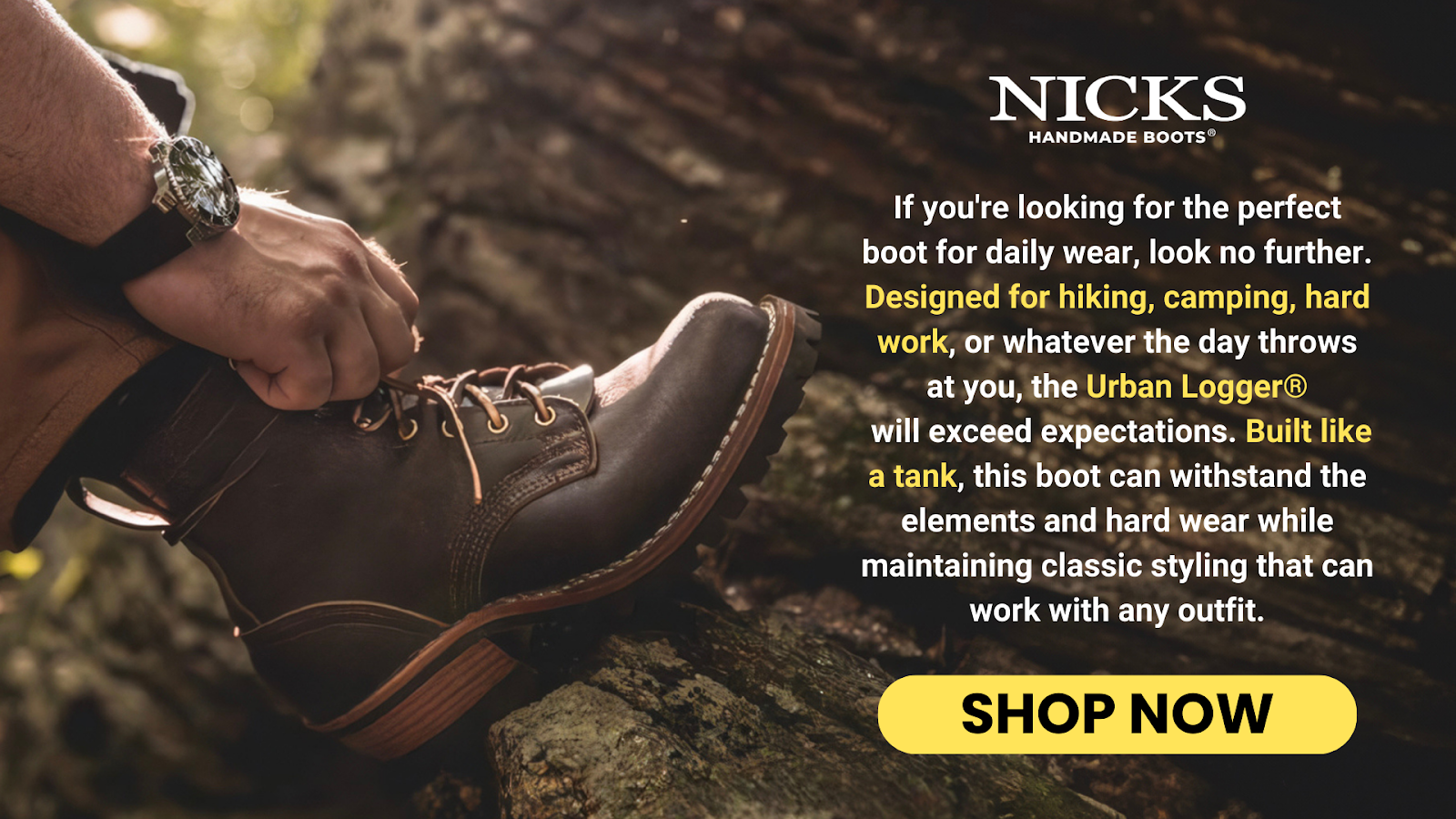
How Water Affects Leather: The Science Behind It
Water Interaction With Leather's Structure
Leather, being a naturally porous material, responds to water much like skin does. Studies on leather's properties reveal that water molecules infiltrate these pores, forming a temporary bond with the collagen proteins. This reaction causes the leather to swell and soften, which may initially appear harmless but ultimately has serious consequences for both the leather's durability and its appearance.
Drying And Its Effects On Leather
The critical challenge arises as the leather begins to dry. Rapid or uneven drying can lead the leather to stiffen or become misshapen. As it dries, the contraction of fibers often results in the formation of cracks or wrinkles, thereby reducing the aesthetic appeal and structural integrity of the leather. This is especially crucial for leather used in footwear, where maintaining shape and flexibility is key.
Long-Term Consequences Of Water Exposure
Repeated exposure to water followed by drying cycles can permanently alter the texture and strength of leather. Each cycle can exacerbate the stiffness and cause additional cracking, which progressively weakens the leather. Understanding these risks is vital for selecting footwear suitable for different environments and for implementing proper care techniques.
Immediate Effects Of Water On Leather Shoes And Boots
- Initial Absorption and Leather's Reaction: When leather boots first encounter water, the immediate reaction is absorption. This is particularly noticeable in untreated or lightly treated leathers, where water quickly seeps into the pores. The leather expands as it absorbs water, which can lead to a temporary change in shape and flexibility.
- Surface Changes and Aesthetic Impact: Upon getting wet, you may notice changes to the surface of your leather boots. Water spots and darkening are common, particularly in lighter and more natural-colored leathers. These marks can sometimes be permanent, affecting the boot's overall appearance. Additionally, the surface may become slick, which can alter the texture and grip of the leather, a critical factor for those using their boots in work environments.
- Immediate Structural Changes: The structural integrity of leather can be compromised from the moment it gets wet. This includes not only potential stretching or shrinking depending on how the leather dries but also the weakening of seams and joints. Water can cause the adhesives used in some boot constructions to fail, which may result in parts of the boot separating or becoming loose.
Long-Term Impact Of Water Exposure On Leather
Cumulative Damage From Repeated Wetting
The long-term effects of water on leather boots go well beyond their first encounter with moisture. It has been observed that repeated water exposure results in cumulative damage. Every instance of wetting strains the leather's natural fibers, progressively diminishing its elasticity and resilience. Eventually, this continual degradation can turn soft, durable leather into a material that becomes brittle and susceptible to cracking.
Permanent Alterations To Texture And Flexibility
Continuous water exposure significantly affects the texture and flexibility of leather. As the leather dries repeatedly, it loses its natural oils, which are essential for maintaining softness and pliability. This loss results in a stiff, rough texture that not only feels uncomfortable but also lacks the original luxurious touch. Restoring such leather to its former condition can be challenging and often impossible, emphasizing the need for proactive waterproofing measures.
Increased Susceptibility To Further Damage
Once leather has been compromised by water, it becomes more susceptible to other forms of damage, such as tearing and scuffing. The weakened structure means that even minor impacts or abrasions can cause significant harm, further shortening the lifespan of the boots. Additionally, the altered state of the leather may affect its ability to repel further moisture, creating a cycle of degradation that accelerates with each exposure.
Types Of Leather Most Vulnerable To Water Damage
Suede And Nubuck Leathers
Suede and nubuck are particularly vulnerable to water damage because of their textured, open-pore surfaces. These materials tend to absorb water more easily than others, which can lead to rapid staining and the formation of water marks that are hard to eliminate. Due to their delicate nature, suede and nubuck require meticulous care and preemptive protective steps to preserve both their visual appeal and structural integrity.
Full-Grain And Vegetable-Tanned Leathers
While full-grain leather is praised for its durability, it is not immune to the adverse effects of water. Vegetable-tanned leathers, often used in high-quality boots, are particularly prone to water damage. Water exposure can darken these leathers, alter their texture, and cause significant stretching or shrinking depending on how they are dried. These changes can diminish the natural beauty and functionality of the leather.
Exotic Leathers
Exotic leathers, such as those from snakes or crocodiles, are highly sensitive to water. Their unique scales and patterns can warp or become misshapen when wet, and the rarity and cost of these materials make such damage particularly distressing. These types of leather require meticulous care to prevent water damage and to preserve their distinctive characteristics.
Practical Tips For Protecting Your Leather Boots From Water
Regular Application Of Waterproofing Agents
One of the most effective ways to protect your leather boots from water damage is regular application of waterproofing products. At [Your Brand], we recommend using water-repellent sprays or waxes specifically designed for leather. These products create a protective barrier that repels water, preventing it from penetrating the leather's surface. It's important to apply these products periodically, especially before wearing your boots in wet conditions.
Proper Drying Techniques
If your boots do get wet, it's crucial to dry them properly to avoid long-term damage. Avoid direct heat sources such as radiators or hair dryers, as these can cause the leather to crack or become brittle. Instead, stuff your boots with newspaper or a shoe tree to maintain their shape and allow them to air dry naturally in a well-ventilated area.
Routine Cleaning And Conditioning
Keeping your leather boots clean and conditioned is vital in maintaining their water resistance. Dirt and other residues can degrade the leather over time, making it more susceptible to water damage. Use a soft brush or damp cloth for regular cleaning and apply a leather conditioner afterwards. This helps restore natural oils to the leather, enhancing its flexibility and water resistance.
Storing In A Proper Environment
Store your leather boots in a cool, dry place away from direct sunlight. Humidity and heat can accelerate the deterioration of leather, increasing its vulnerability to water damage. Consider using silica gel packs in your storage area to absorb excess moisture and protect your boots from dampness.
Final Thoughts
Understanding the relationship between leather and water is essential for maintaining the durability and appearance of leather goods. Leather's natural porosity makes it susceptible to moisture, which can alter its texture and structure. To protect leather effectively, it is crucial to apply waterproofing treatments, ensure proper drying techniques, and maintain regular conditioning. These preventative measures not only extend the life of leather products but also enhance their resilience, allowing them to remain both stylish and functional over time.
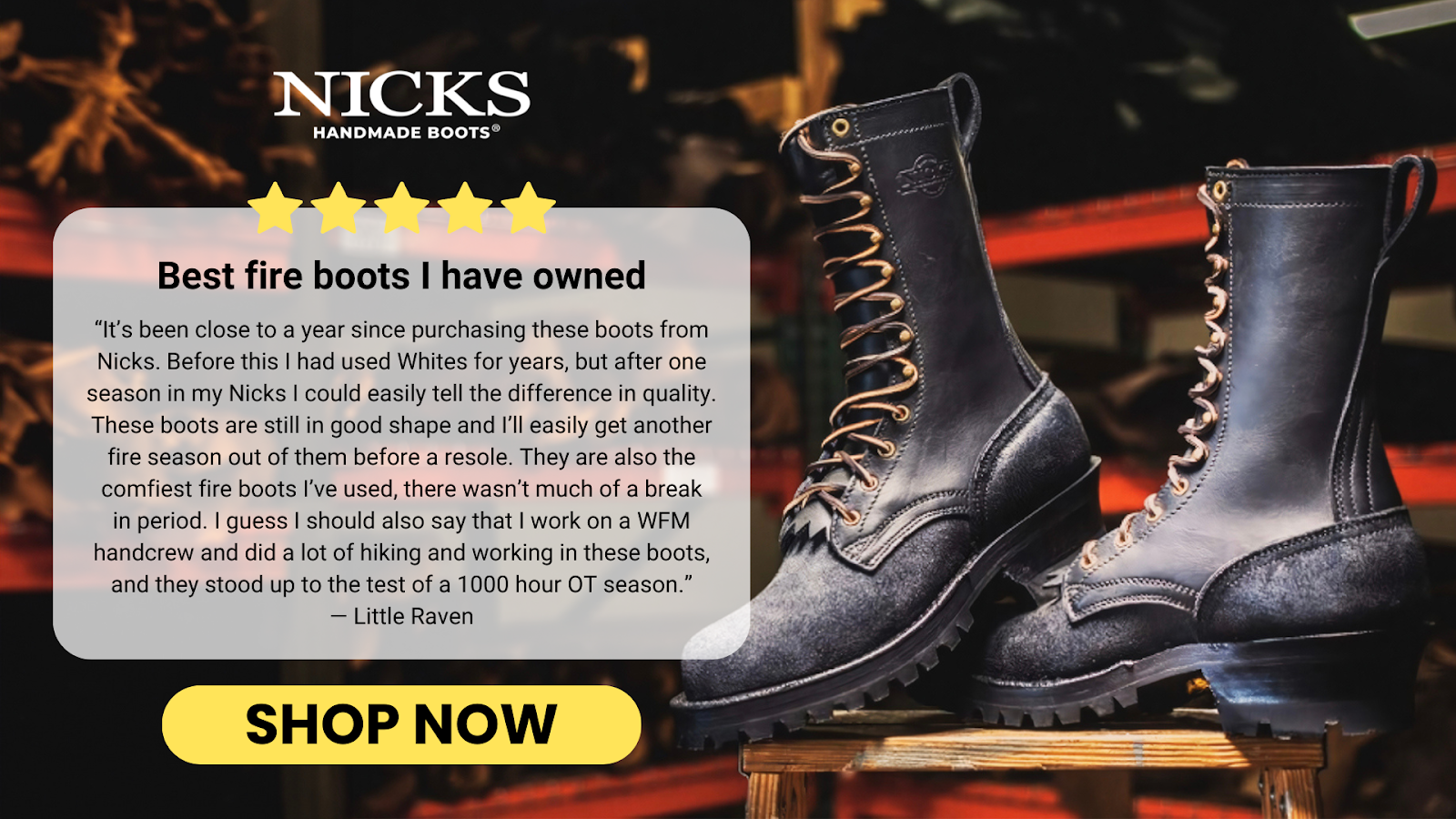
Read also:
Frequently Asked Questions About Leather Getting Wet
How often should I waterproof my leather boots?
Regularly waterproof your leather boots to maintain their condition, especially before rainy seasons or exposure to wet conditions. The frequency depends on how often you wear them and in what environments. Typically, waterproofing every few months is advisable.
Can leather boots be worn in the rain without damaging them?
Leather boots can withstand rain if they have been properly waterproofed. However, it is best to limit exposure to light rain and avoid wearing them in heavy downpours to prevent potential water damage. Continuous exposure can degrade the leather over time.
What is the best way to dry leather boots after they get wet?
When drying wet leather boots, stuff them with newspaper or insert a shoe tree to maintain their shape. Allow them to air dry naturally away from direct heat sources like radiators or hair dryers, which can harm the leather. This method prevents the leather from becoming misshapen or cracked.
Does water affect the durability of leather boots?
Water significantly affects the durability of leather boots; repeated exposure leads to stiffness and cracking. Each wetting and drying cycle weakens the leather's natural fibers and reduces its lifespan. Proper care and minimal exposure to water can help preserve their durability.
Are there specific types of leather that are more resistant to water?
Certain leathers, such as treated full-grain and patent leather, are inherently more resistant to water. These types of leather undergo special treatments that enhance their ability to repel water. They are preferable for use in wet conditions due to their durable nature.
Can water stains be removed from leather boots?
Water stains on leather boots can sometimes be diminished with leather cleaners and conditioners designed for such issues. Applying these products can reduce the visibility of stains and help restore the leather's appearance. However, prevention is always better than treatment, so waterproof before exposure.
What should I do if my leather boots have already been damaged by water?
If your leather boots suffer water damage, promptly clean and condition them to try restoring their original properties. In cases of severe damage, consider seeking professional leather repair services. Regular maintenance can prevent further degradation and extend the life of the boots.
Is there a difference in water impact between suede and regular leather?
Suede is more vulnerable to water damage compared to smoother, treated leathers. Its textured surface and open pores absorb water quickly, leading to potential staining and damage. Extra care, such as using water repellent sprays, is necessary to protect suede from water exposure.
How can I test if my leather boots are water-resistant?
To test the water resistance of your leather boots, sprinkle a few drops of water on them. If the water beads and rolls off, the leather is still resistant. If it absorbs quickly, it’s time to reapply a waterproofing treatment.
What is the best product to use for waterproofing leather boots?
Use water-repellent sprays or waxes specifically formulated for leather to waterproof your boots. These products form a protective barrier that prevents water from penetrating the leather. Regular application according to the product's instructions will maintain the effectiveness of the waterproofing.



